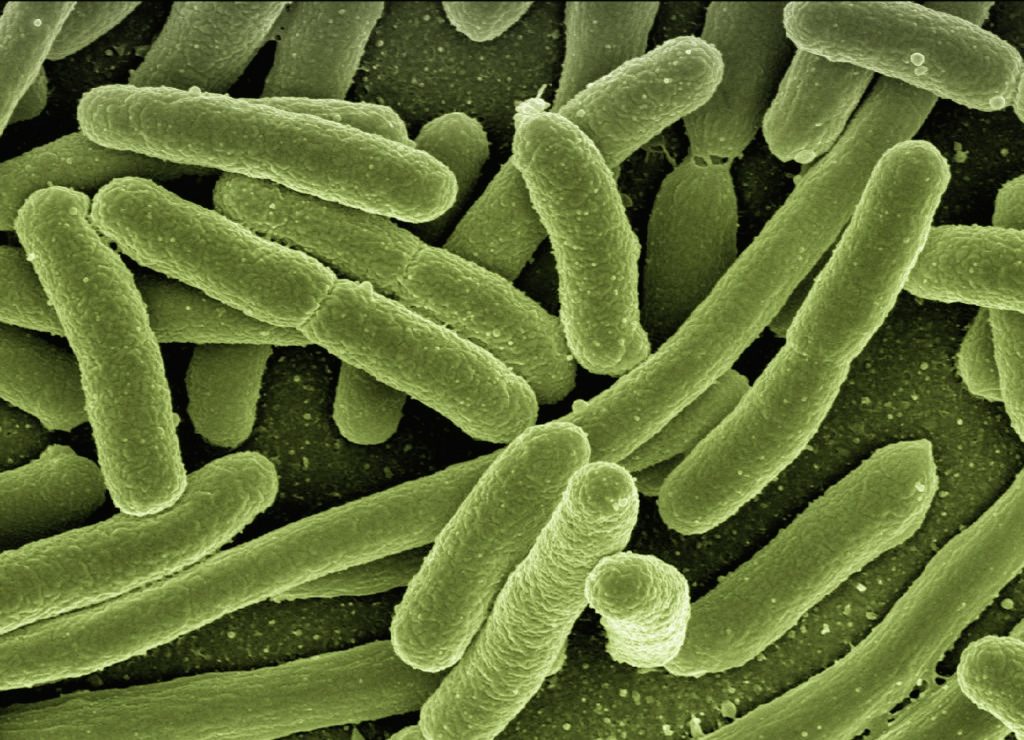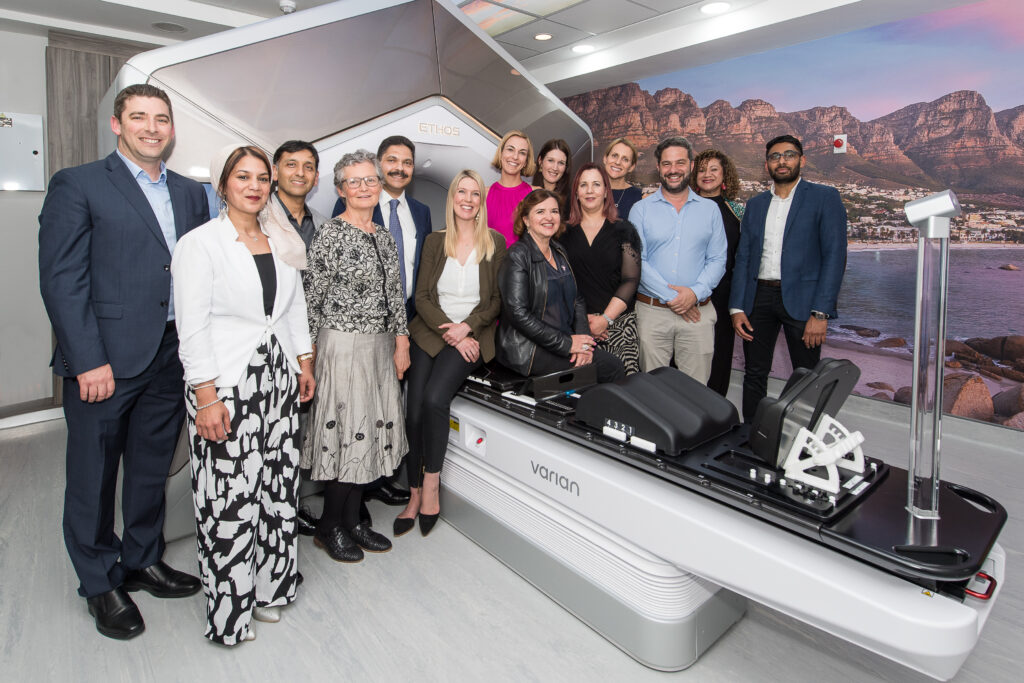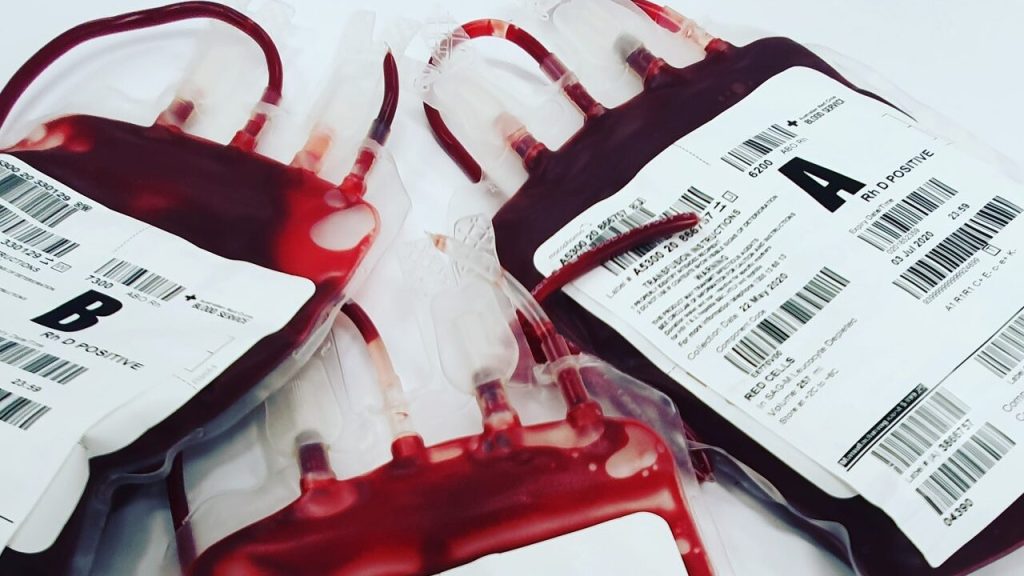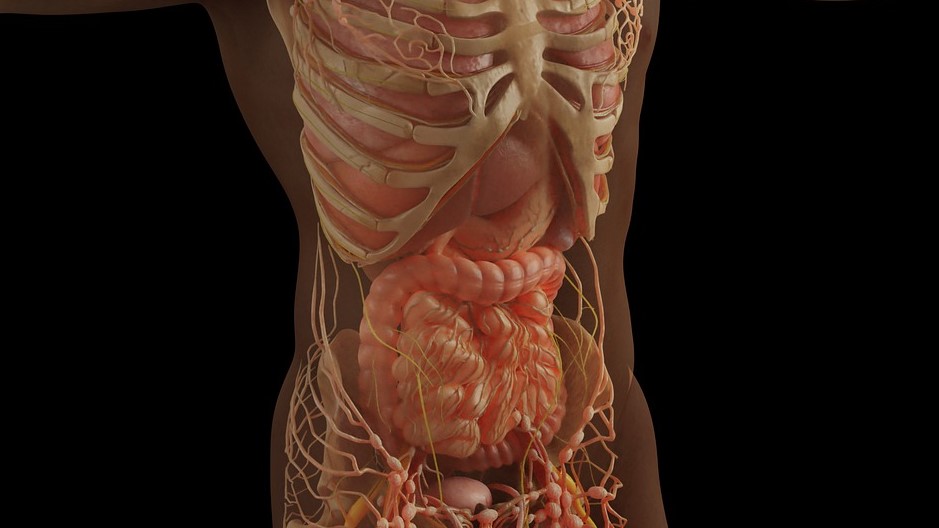New Drug Combination More Effective in Treating Urinary Tract Infections

An international study published in JAMA comparing new and older treatments against complicated urinary tract infections has found that a new drug combination of cefepime and enmetazobactam to be more effective, especially against drug-resistant strains.
Researchers in the ALLIUM Phase 3 clinical trial showed that a combination of the drugs cefepime and enmetazobactam was more effective in treating both complicated urinary tract infections (UTIs) and acute pyelonephritis (AP), a bacterial infection causing kidney inflammation, than the standard combination of piperacillin and tazobactam. UTIs are considered complicated when they are associated with risk factors such as fevers, sepsis, urinary obstruction or catheters, that increase the danger of failing antibiotic therapy.
“This new antibiotic was superior to the standard-of-care therapy,” said Professor Keith Kaye at Rutgers Robert Wood Johnson Medical School, the study’s lead author. “It represents an exciting option for treatment.”
Prof Kaye added this drug combination also fights an often-dangerous category of bacterial illnesses caused by pathogens known as extended spectrum beta-lactamase (ESBL) infections, named for an enzyme the bacteria produce. ESBL-producing bacteria can’t be killed effectively by many of the antibiotics conventionally used to treat infections, such as penicillins and cephalosporins.
“We are looking for antibiotics that are active against resistant bacteria, such as ESBLs, and we found this new combination to be highly effective,” Prof Kaye said.
The trial was conducted at 90 sites in Europe, North and Central America, South America and South Africa from September 2018 to November 2019. More than 1000 patients participated in the study. Some 79% of the patients receiving the new combination of cefepime and enmetazobactam were successfully treated for their illness, as opposed to 58.9% of those receiving the conventional treatment of piperacillin and tazobactam.
Of the 20% of patients from the overall group belonging to the subset of those with ESBL infections, 73% receiving cefepime and enmetazobactam achieved a clinical cure, as opposed to 51% on the standard therapy.
The antibiotic cefepime is a fourth-generation cephalosporin that was approved for use in the 1990s and is available generically. Enmetazobactam, an experimental drug made by the French biopharmaceutical company Allecra Therapeutics, is a beta-lactamase inhibitor, meaning it attacks the beta-lactamases, including the types of enzymes produced by ESBL-producing bacteria. The drug combination has been fast-tracked for approval by the U.S. Food and Drug Administration (FDA).
Source: Rutger University






